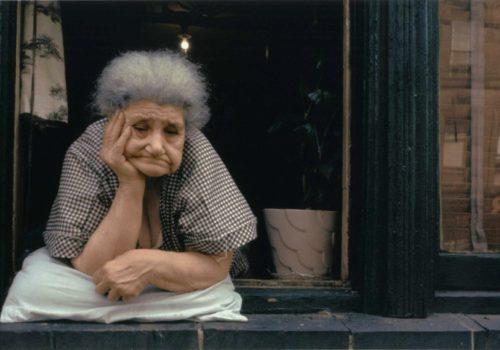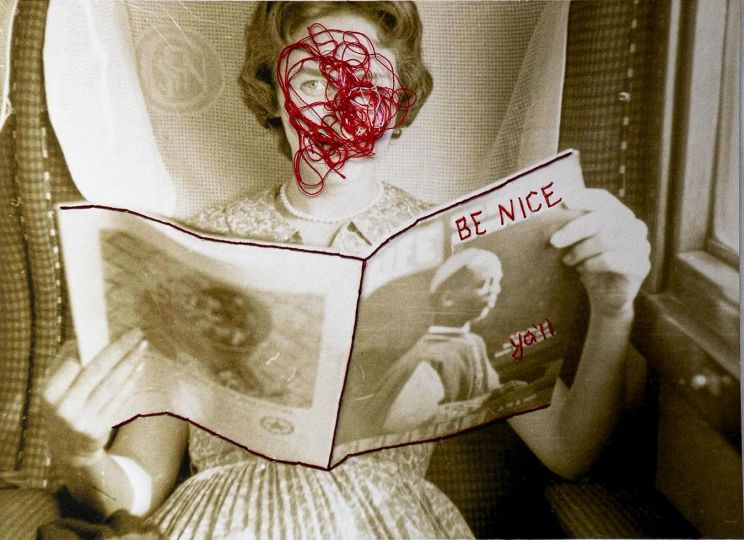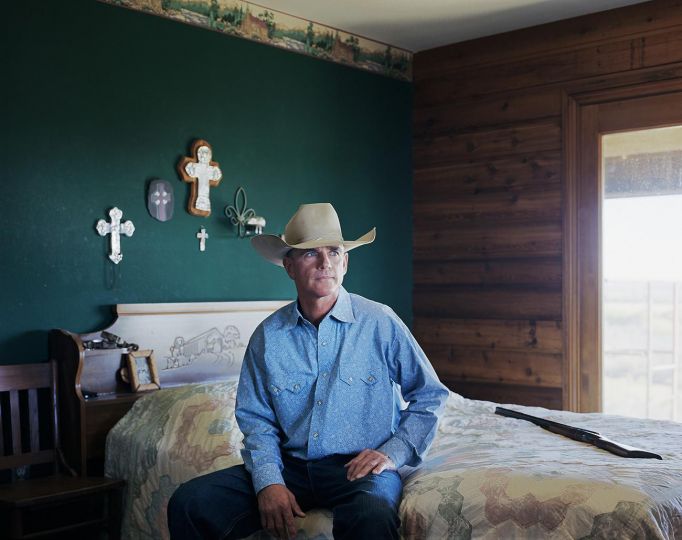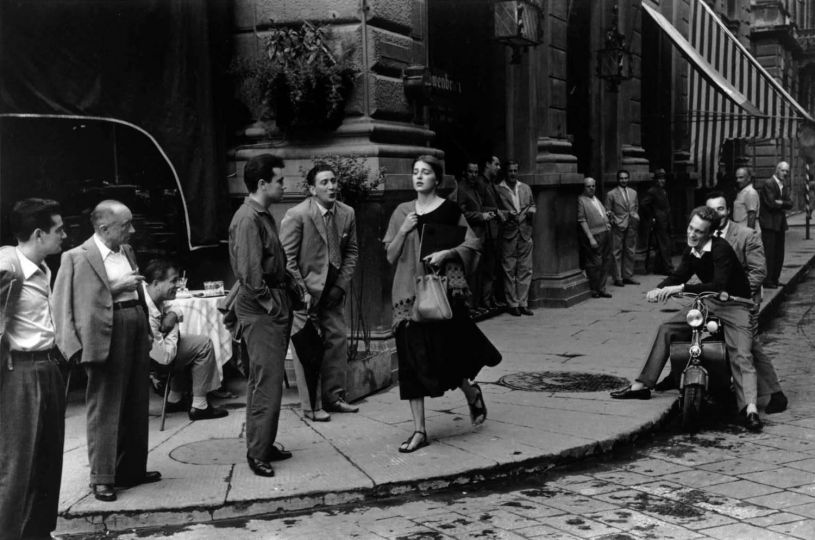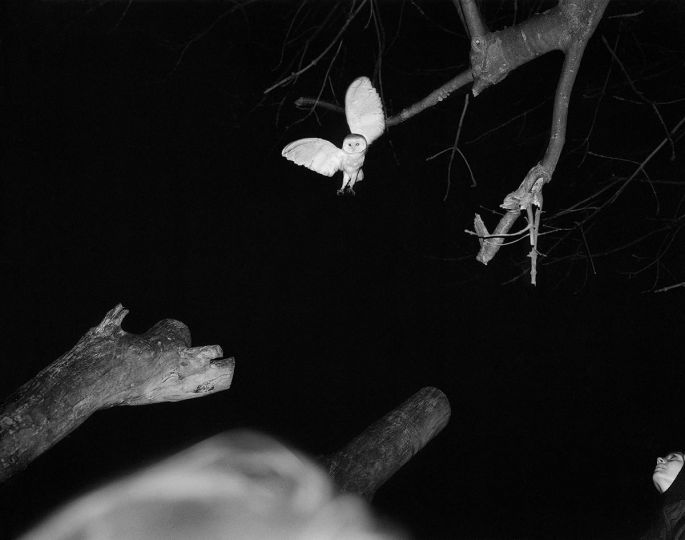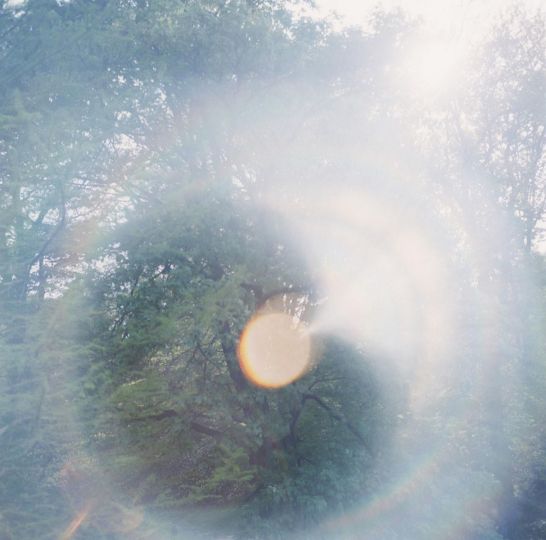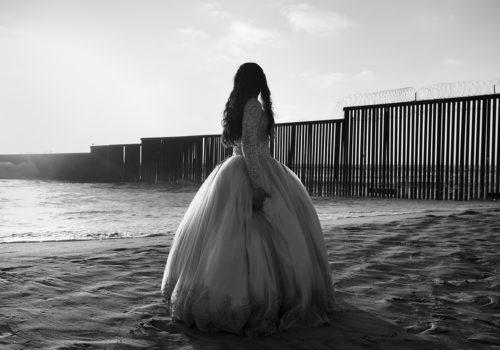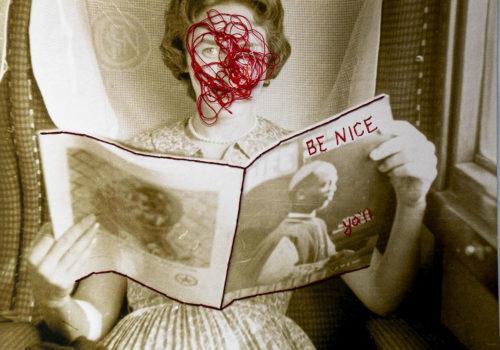Laurence Miller Gallery is offering a unique portfolio of twelve color photographs by Helen Levitt in a presentation called Body Language. This set of later career digital prints celebrates Levitt’s gift for capturing the wide range of communication found in gesture and movement, from moments of surprising tenderness to outbursts of spontaneous humor, all in vivid color.
The earliest photographs in this selection were taken in 1959, the year Helen Levitt was awarded a Guggenheim Fellowship that allowed her to begin photographing actively in color, a medium which was a prohibitively expensive at the time. These works demonstrate Levitt’s gift for capturing expressive gestures, a theme which she carried over from her black and white photos, establishing her as one of the earliest photographers who extended the art of street photography into the realm of color.
Levitt’s color photography has its own unique character, closely connected yet distinct from her black white work. Her color pictures vividly describe the rough and tumble visual mixing pot of New York City, often allowing splashes of color to introduce whimsical interludes in the surrounding urban environment. Frequently these pictures show incongruous elements colliding in the city, often with humorous effect.
In the early 1970s Levitt’s Greenwich Village apartment was burgled and the bulk of her color transparencies from 1959-1960 were stolen. She continued shooting actively in color and, in 1974, photography curator John Szarkowski devoted MoMA’s first solo exhibition of color photography to Levitt, further enshrining her as one of the medium’s first serious practitioners. Color printing remained very expensive at the time, so the works were presented as a slideshow.
Years later, in the early 2000s, Levitt experienced a late career groundswell of interest in her work from publishers and curators. Fortuitously this coincided with advances in digital color printing. Between 2001-2008 a series of new books devoted to her photographs were published. Levitt worked closely with printers to scan her original transparencies and negatives, and proof the prints which were used to produce the color separations for a series of new books.
One book, Slide Show (powerHouse Books, 2004), focused exclusively on her color photographs, expanding on the selections from Levitt’s 1974 solo MoMA exhibition. The printer’s proofs would have allowed Levitt to see her color images printed with a vividness and saturation that had previously been unavailable, even with museum quality dye transfer prints, which yielded a deep but more restrained color palette. As such, these prints allowed Levitt to see some images printed for the first time, and to see familiar images in new and more vibrant ways.
In 2008 Levit received the Spectrum International Photography Prize and, in conjunction, was honored with a retrospective exhibition at Germany’s Sprengel Museum Hannover and a corresponding publication—both of which featured many never-before-seen color photographs. This expanded view into her practice proved timely, as it was offered just a year before her death in 2009.

